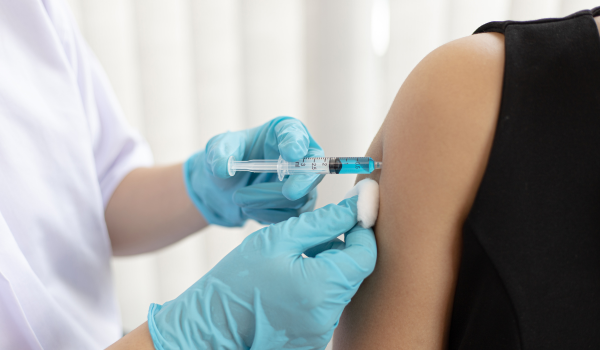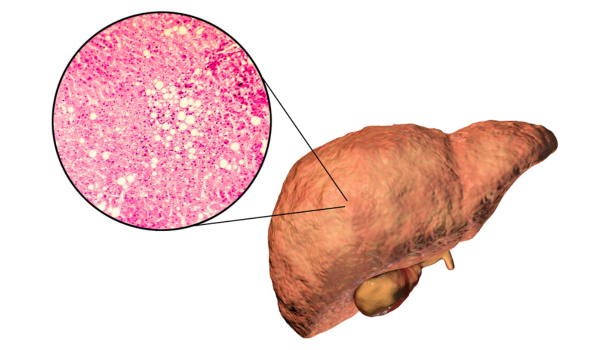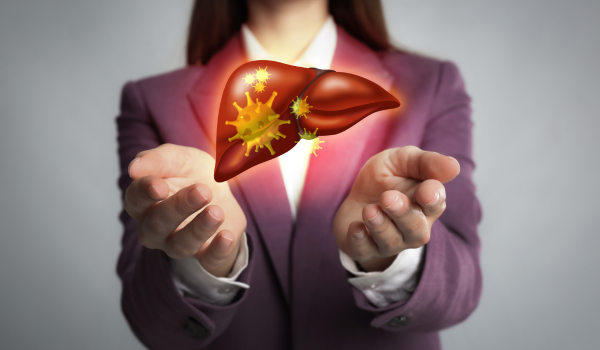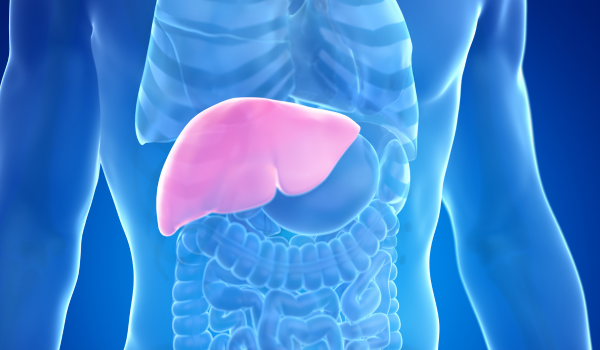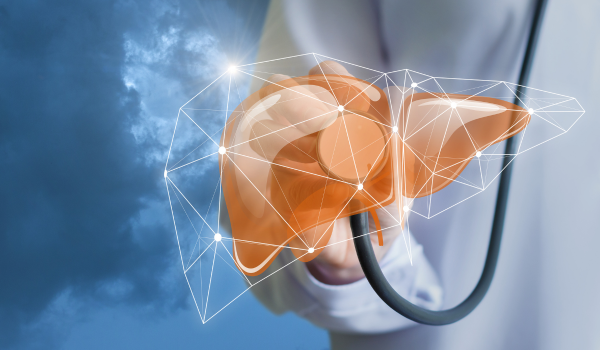
Overview
The liver plays a vital role in detoxifying the body, metabolizing nutrients, and supporting digestion. When it’s damaged or under stress, early detection can make a critical difference in treatment outcomes. However, liver disease often develops silently, showing few symptoms until advanced stages.
This is why accurate diagnosis through medical tests and procedures is essential. Doctors rely on a combination of physical examinations, blood tests, imaging studies, and sometimes tissue analysis to identify liver problems and determine their severity.
Medical History and Physical Exam
Diagnosis often begins with a thorough medical history and physical examination.
Medical history:
-
Review of alcohol use, medication intake, drug use, and exposure to toxins.
-
Assessment of risk factors like obesity, hepatitis infection, or family history of liver disease.
Physical examination:
-
Checking for jaundice (yellowing of skin and eyes).
-
Palpating the abdomen for liver enlargement or tenderness.
-
Observing signs of fluid retention or easy bruising.
This initial evaluation helps determine the need for further diagnostic testing.
Liver Function Tests (LFTs)
Liver function tests are blood tests that measure specific enzymes, proteins, and substances to assess liver health.
Key markers include:
-
Alanine aminotransferase (ALT) and Aspartate aminotransferase (AST): Enzymes that rise with liver cell damage.
-
Alkaline phosphatase (ALP): Elevated in bile duct problems.
-
Bilirubin: High levels indicate issues with bile processing.
-
Albumin and total protein: Low levels suggest impaired liver protein production.
LFTs are often the first step after symptoms appear, as they provide clues about the type and extent of liver injury.
Complete Blood Count (CBC)
A CBC is a standard test that provides information about overall health and can reveal liver-related complications.
What it can show:
-
Low platelet counts may indicate advanced liver disease or portal hypertension.
-
Anemia can result from chronic liver problems.
-
Signs of infection or inflammation.
While not specific to liver disease, CBC results often complement LFT findings.
Viral Hepatitis Tests
If liver enzyme levels are abnormal, testing for viral hepatitis is a crucial next step.
Common tests include:
-
Hepatitis A antibodies (Anti-HAV): Detects past or current infection.
-
Hepatitis B surface antigen (HBsAg) and antibodies: Determine if infection is active or immunity is present.
-
Hepatitis C antibody (Anti-HCV) and RNA tests: Confirm active infection and viral load.
These tests help identify whether a viral infection is causing liver inflammation.
Coagulation Tests
The liver produces clotting factors essential for stopping bleeding. Coagulation tests measure how well your blood clots.
Key tests:
-
Prothrombin time (PT) and International normalized ratio (INR): Prolonged times indicate reduced clotting ability due to liver dysfunction.
These results are especially important before any surgical procedure or liver biopsy.
Imaging Tests
Imaging studies provide a non-invasive way to visualize the liver and detect abnormalities.
Common imaging methods:
-
Ultrasound: First-line imaging to assess liver size, texture, and presence of masses or fatty deposits.
-
CT scan (Computed Tomography): Produces detailed images for detecting tumors, cysts, or blockages.
-
MRI (Magnetic Resonance Imaging): Offers high-resolution images for detailed assessment of liver lesions and bile ducts.
-
FibroScan (Transient Elastography): Measures liver stiffness to detect fibrosis or cirrhosis without a biopsy.
Imaging is often combined with blood tests to confirm findings.
Liver Biopsy
A liver biopsy involves taking a small tissue sample for microscopic examination.
Why it’s done:
-
To confirm diagnosis when other tests are inconclusive.
-
To assess the extent of inflammation, fibrosis, or cirrhosis.
-
To monitor progression or treatment response.
Procedure:
Usually performed with a fine needle under local anesthesia, sometimes guided by ultrasound.
While minimally invasive, biopsies carry a small risk of bleeding or infection.
Endoscopic Procedures
In certain cases, endoscopic techniques are used to evaluate liver-related complications.
Examples:
-
Endoscopic Retrograde Cholangiopancreatography (ERCP): Examines bile ducts and treats blockages.
-
Endoscopic Ultrasound (EUS): Combines endoscopy with ultrasound for detailed imaging of the liver and surrounding organs.
These procedures are typically performed if imaging shows bile duct issues or suspected tumors.
Genetic and Autoimmune Tests
When inherited or autoimmune conditions are suspected, specialized blood tests can provide answers.
Genetic tests detect:
-
Hemochromatosis (iron overload).
-
Wilson’s disease (copper accumulation).
-
Alpha-1 antitrypsin deficiency.
Autoimmune markers include:
-
Antinuclear antibodies (ANA).
-
Anti-smooth muscle antibodies (ASMA).
-
Anti-mitochondrial antibodies (AMA).
These tests help target treatment to the underlying cause.
Metabolic and Iron Studies
Certain metabolic imbalances can cause or worsen liver disease.
Tests include:
-
Fasting glucose and lipid profile for metabolic syndrome.
-
Serum ferritin and transferrin saturation for iron overload.
-
Ceruloplasmin for copper metabolism disorders.
Monitoring and Follow-Up
Once a diagnosis is made, ongoing monitoring is essential to track progression and treatment effectiveness.
Follow-up may involve:
-
Regular LFTs and CBCs.
-
Periodic imaging studies.
-
Repeat biopsies or FibroScans as needed.
Consistent follow-up helps prevent complications and guides timely treatment adjustments.
Conclusion
Diagnosing liver disease is a multi-step process that combines patient history, physical examination, blood work, imaging, and sometimes tissue sampling. Early detection through these tests can make a dramatic difference in treatment success and overall prognosis. If you have risk factors or notice potential symptoms, speaking with a healthcare provider about screening is one of the best steps you can take for long-term liver health.

